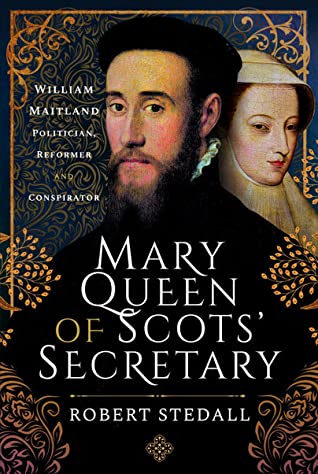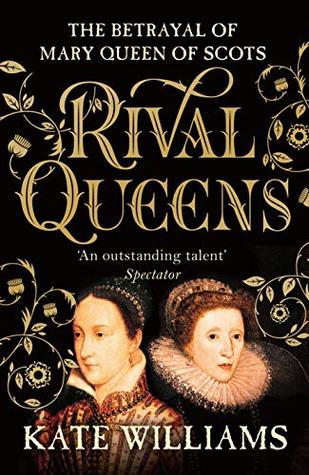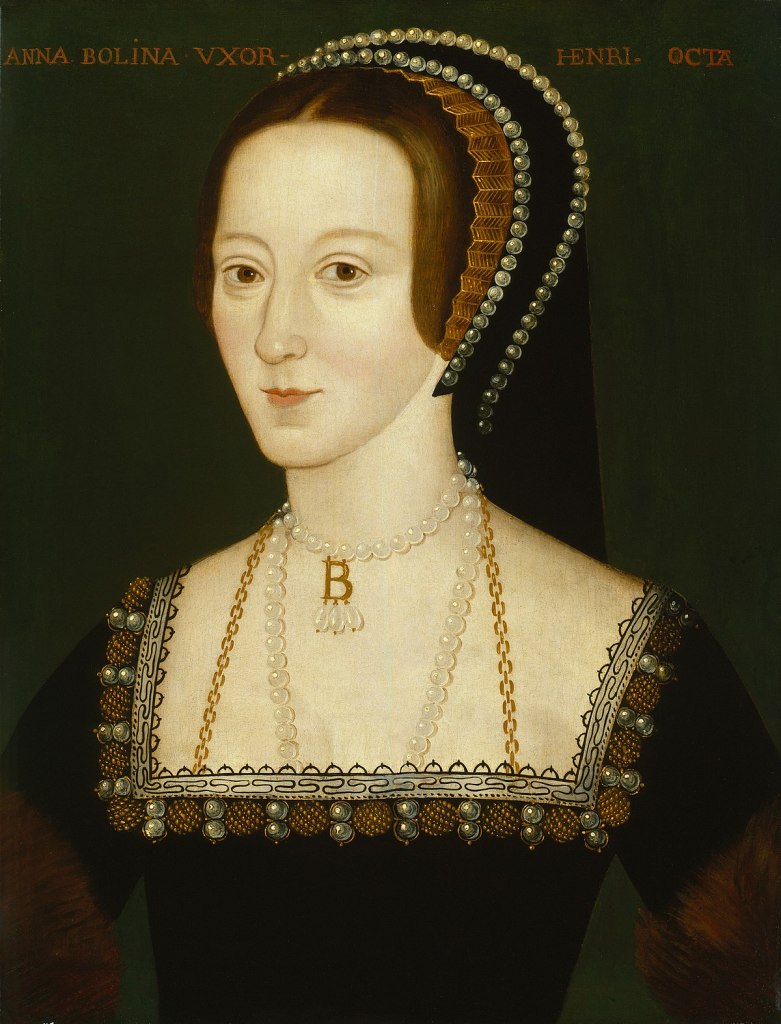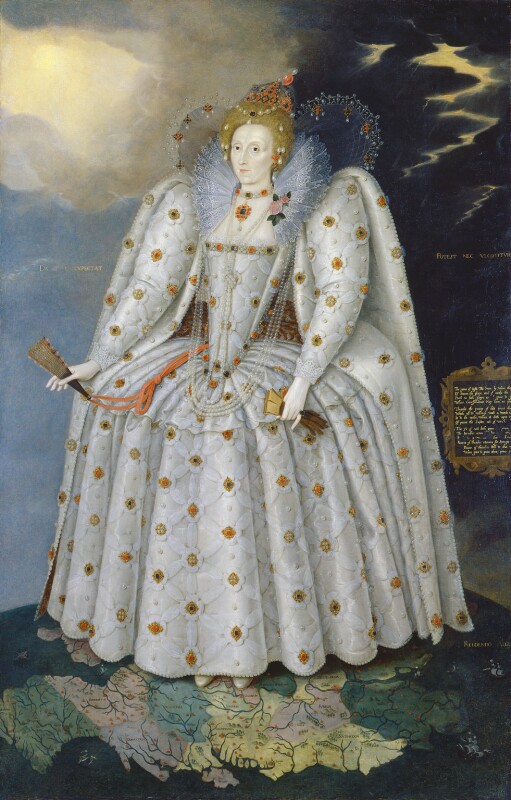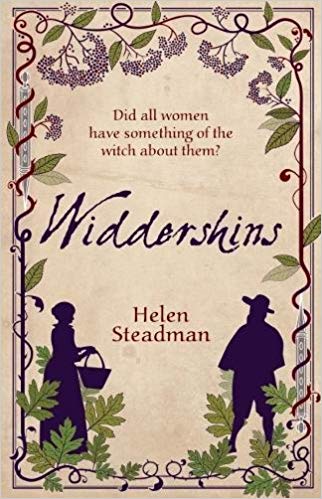
This is a book that I first read while at university while studying for my two history degrees. It’s quite a comprehensive look at the Tudors on film, at least up to 2009 when the book was published. Of course, there have been several new adaptations of the Tudor stories published in the last decade and a half but naturally these are not discussed, so the book does now feel a little outdated, but that doesn’t stop the discussions of older films such as ‘Anne of the Thousand Days’ and ‘A Man for All Seasons’ making compelling reading.
The chapters aren’t all about individual films. The introduction is interesting with an overview of views on historical films and what separates them from costume dramas. Other chapters include Henry VIII on film, discussions of the two films mentioned above each get their own chapter, and the last chapter looks at the question why the Stuarts aren’t so much featured on film. It’s an interesting mix and it works well.
It can feel dry at times, but it is a useful introduction to historical films particularly under the Tudors, which is probably one of the most dramatised eras of English and British history. Susan Doran in particular is a very well-respected Tudor historian, and others including Thomas Freeman who edited the book with Doran, Glenn Richardson, John Guy and Christopher Haigh. These are all well-respected names in their field.
It is well-worth reading if you have an interest in historical films as it opens your eyes to inaccuracies and why they might have occurred and you may watch films going forwards with new eyes, though without dimming your enjoyment of them.




